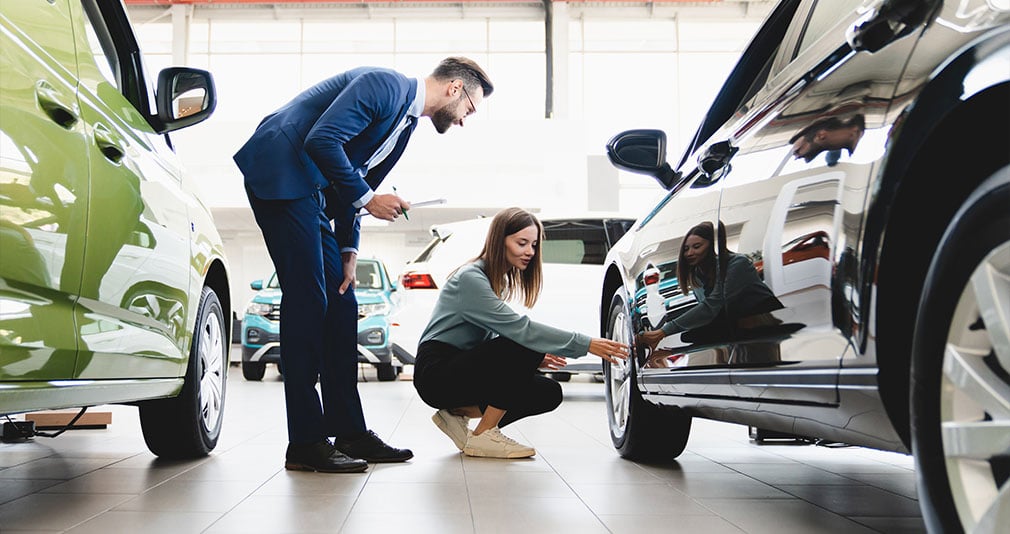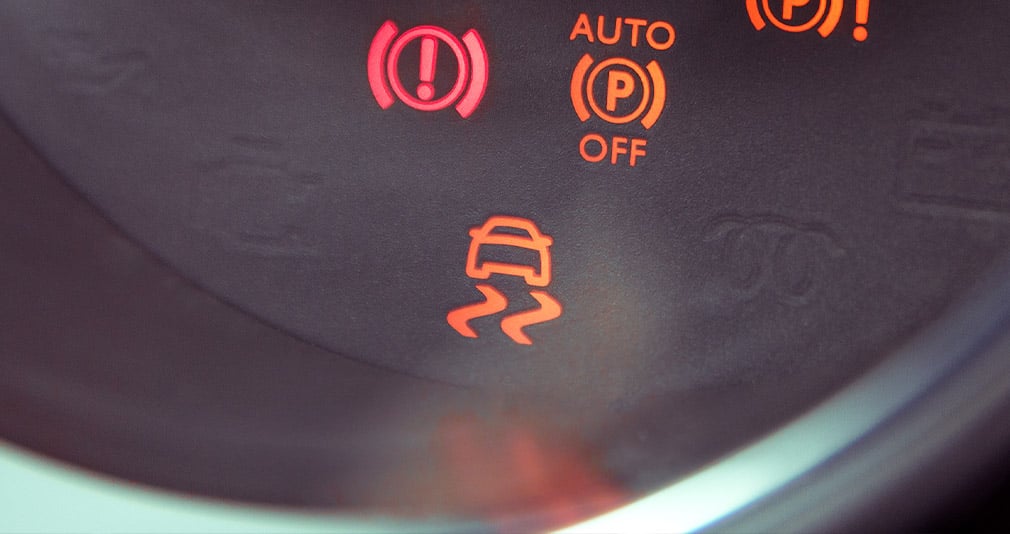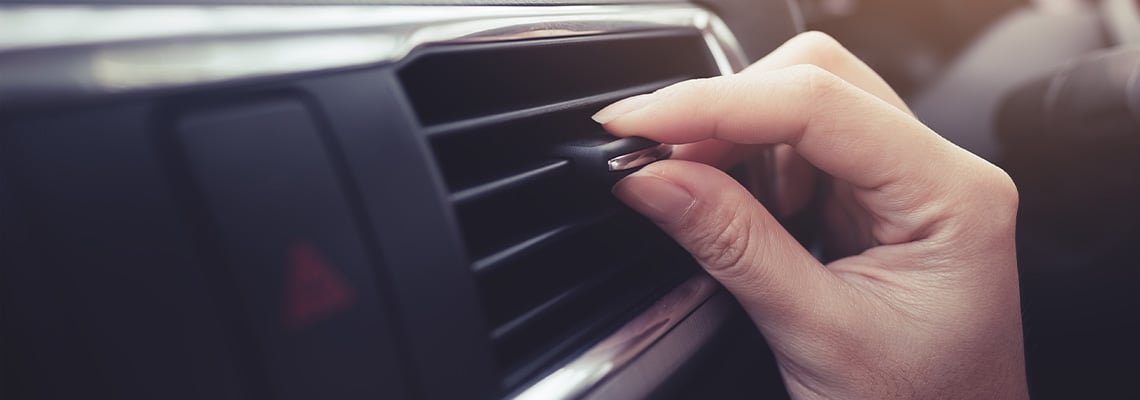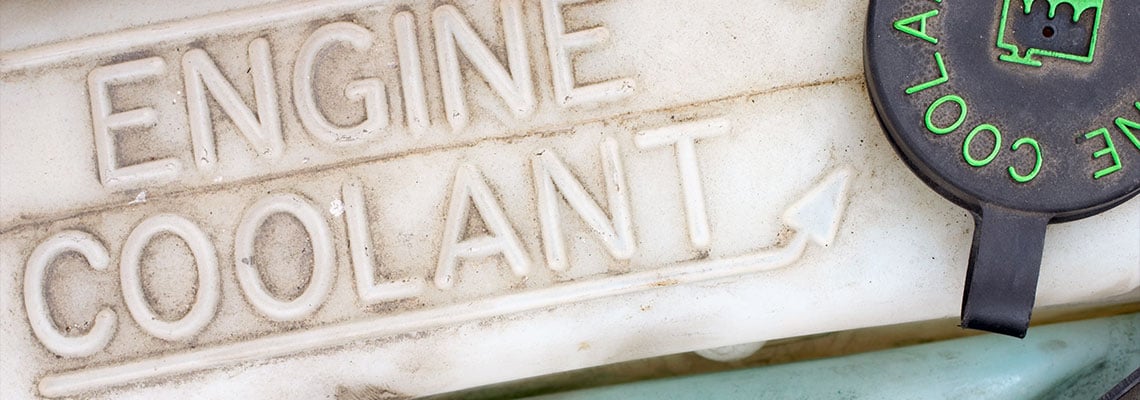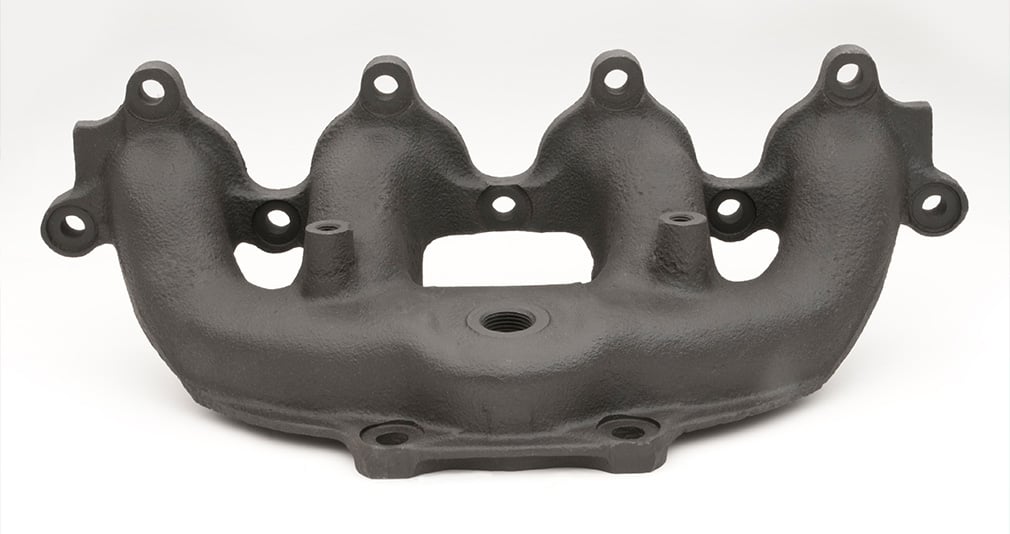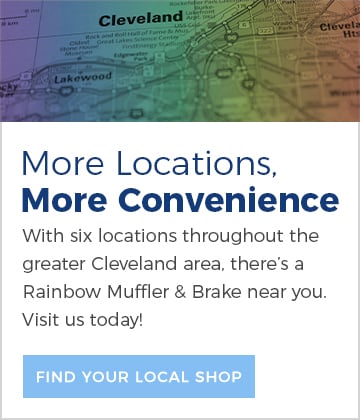We’ve been under the hoods of Northern Ohio’s cars since 1980. Over the course of the last 30-plus years — and thousands of vehicles — we’ve learned what to watch out for when buying a new (or new to you) car. In this post, we’re going to lay it out for you so you can avoid plunking down your hard-earned cash only to drive away with a lemon.
1. Check the Exterior
Before you even get behind the wheel, take a good look at the exterior and interior of the car. Consumer Reports recommends doing your inspection during daylight hours on a flat surface for the best view. Start with the body and check the following:
- Body condition. Start by walking around the car to scan for any body damage. Check for dents, scratches or chips in the paint. Always look for rust, especially on the undercarriage or around the wheels.
- Suspension. Check if the car is sitting level (another good reason to inspect on a flat surface). As you make your rounds, firmly press down on all four corners of the car. When you let it up, it should bounce up and stop. If it keeps bouncing, that could indicate problems with the struts.
- Tires. Check the tread on the tires and look for uneven wear, which can be a sign of improper alignment. Aside from the tire quality, check whether the tires are original to the car. If a car is under 20,000 miles, it should have its original set of tires. If not — or if all four tires do not match — ask the seller why. And don’t neglect the spare. Check that it’s there and in good shape.
- Lights. Ensure the lights are all working, including tail lights, turn signals and headlights.
- Glass. Scan for cracks or chips in the windshield and the side and rear windows. Chips or small cracks may not be deal breakers, but you should be able to negotiate a repair (or the cost to replace).
2. Check the Interior
You’ll be spending most of your time inside your new car. Don’t neglect the inside when making a purchase decision. Here are a few things to check off your list:
- Upholstery. Check the seats and floor (lift the mats) for any tearing, stains, moisture or water spots. You may even want to sit in each seat to test for wear and comfort.
- Dashboard and controls. Make sure all the gauges and warning lights are functional. Do this by turning the key without starting the engine. All the lights should activate. Test all the buttons, knobs and levers to make sure they’re in good working order.
- Heat and air. Turn on the car’s heat and air systems, allowing time to blow hot and cold air to ensure each system is functioning.
- Sound system. Check the car’s radio, CD player or Bluetooth connection.
- Smell. Get in the car and close the doors and windows. Take note of what you smell. Not only can odors like cigarette smoke or mold be hard to get rid of, but smells like rotten eggs, burnt paper or a sweet syrupy smell can indicate deeper issues.
- Overall comfort and convenience. Spend some time sitting in the driver’s seat. Note how it feels and what you like and dislike. While things like the placement of cup holders and armrests may not be deal breakers, if something about the car irks you, it may not be the right car for you.
3. See How it Drives
The test drive is your chance to get a feel for how the car handles. Try it out on the highway at higher speeds, as well as on city streets in stop-start conditions. Make a note of:
- How the car handles acceleration, braking and turns. If you feel pulling or notice excess jostling or noise at high speeds, this could indicate trouble under the hood.
- Noise level. Listen to the car as you drive around. Do you hear unusual noises or vibrations? Squealing or scraping as you brake? Excessive revving upon acceleration?
- Safety features. Test out all the car’s safety features, including backup cameras, parking assist or blind spot monitoring.
4. Get an Expert Inspection
One of the most critical (yet often overlooked) things you can do when buying a car is to have it inspected by a trusted mechanic. Auto technicians have the expertise to spot any potential issues that you may have missed on your test drive or visual inspection. They can perform a thorough inspection of the car and identify any problems with the engine, transmission, brakes or other systems crucial to the health of your new vehicle.
There are no specific regulations in the state of Ohio that require a pre-purchase inspection. However, it’s always a good idea to have an expert check out the car before making a purchase. This can save you from buying a car with hidden issues, just waiting to cause significant problems (and expenses) down the road.
Learn more about Vehicle Safety Inspections in Ohio
5. Check the Car’s Personal History
When you’re buying a used car, it’s going to have a past. The way it was driven, stored and cared for will affect the quality and longevity of the vehicle down the road.
- Background checks. It’s always a good idea to do some background research on the make and model of the car you’re interested in. Whether new or used, there may be common issues or recalls associated with certain vehicles. Check the car’s safety rating and consumer reviews for a good idea of the overall reliability and potential problems to watch out for.
- Vehicle history report. A car’s history report goes beyond the general make and model and looks at the specific vehicle you’re considering. This detailed record of a car’s past includes information on ownership, maintenance and any accidents or damage. You can obtain vehicle history reports online via services like Carfax or AutoCheck. If you’re making your car purchase at a dealership, they should be able to provide a history report. The Federal Trade Commission also offers links to check whether your car has been recalled or declared as salvaged.
- Maintenance records. The specific vehicle you’re interested in should come with a maintenance history. These records show you how the car has been cared for and any repairs or past issues it had.
- Paperwork. The seller should have all relevant documents, including title and registration, that list previous owners.
- Emissions testing. Emissions testing is mandatory in the Cleveland area. According to Ohio ECheck, “If the seller of the vehicle supplies you with a valid E-Check compliance certificate, the vehicle does not need to be tested again. If the vehicle does not have a valid E-Check compliance certificate, you must have the vehicle tested prior to registering the vehicle.”
Buying a car is a significant investment. Knowing what to look for when buying a used car can increase your chances of driving away with a reliable vehicle that will serve you well for years.

